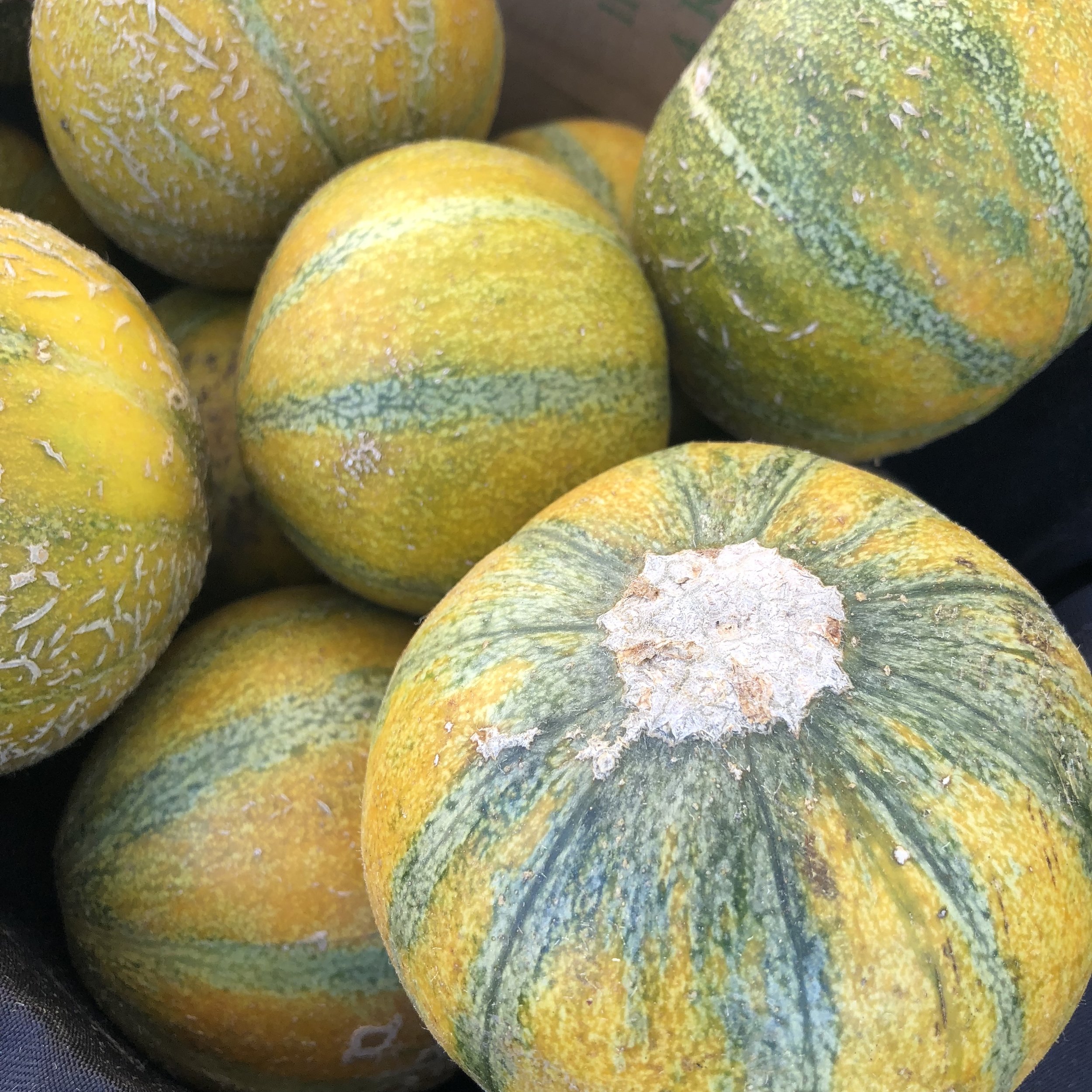Walla Walla Onions
/Onions are a family favorite. We consume them boiled in soups, baked in the oven and even raw in summer salads. As far as sweet varieties go, though, I’ve only experienced Texas sweet onions.
At the South Pasadena Farmer’s Market, I encountered white and red Walla Walla sweet onions, a new variety of sweet onion that I had never seen. Apparently, the red variation debuted in 2018.
They are super tasty. As it turns out, this onion’s mild taste and lower pungency is due to the reduced sulfur content and higher water content.
Fun fact:
In 2007, the Walla Walla was designated as the official vegetable of Washington State. In 2017, The Seattle Times gushed effusively over this vegetable as an “elusive, alluring superstar, the kind with both the witty repartee and the winning smile. Rubenesque, with gossamer skin”.
That’s quite an endorsement!



















